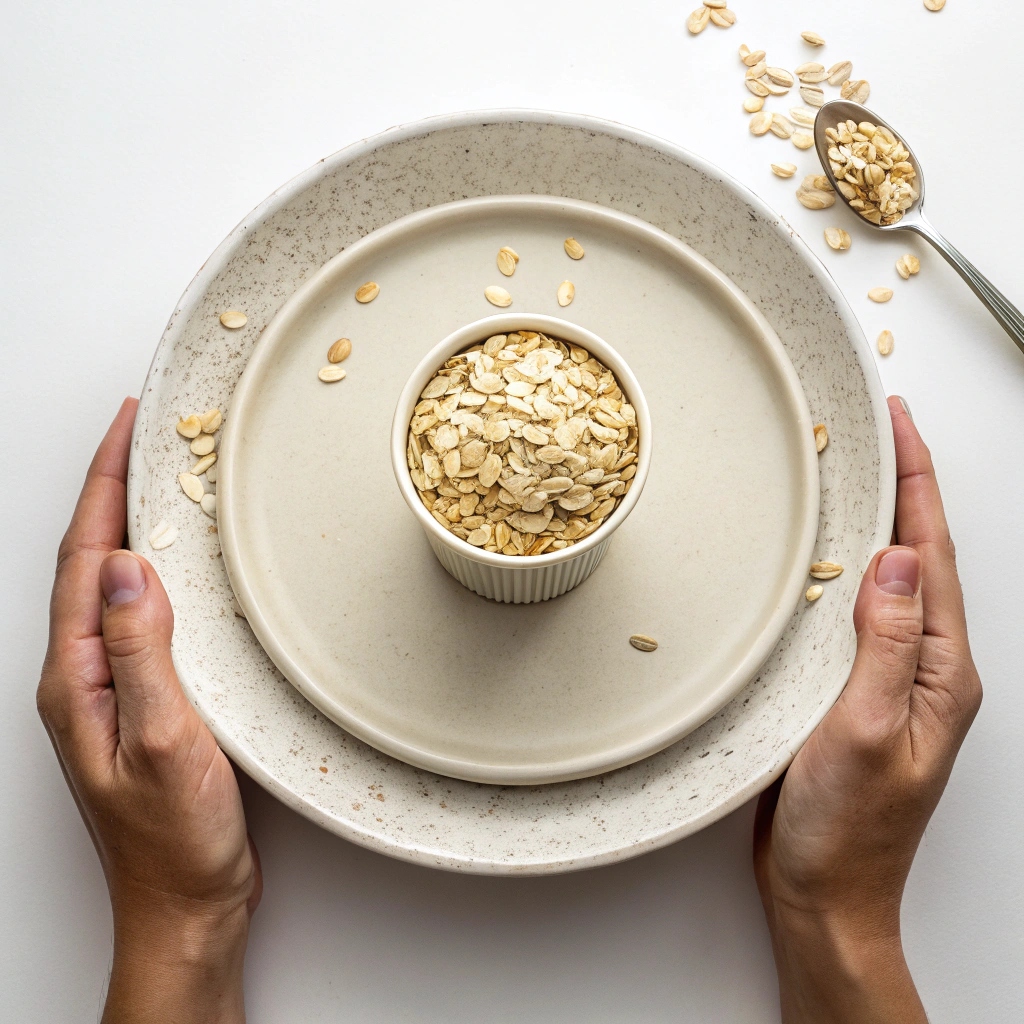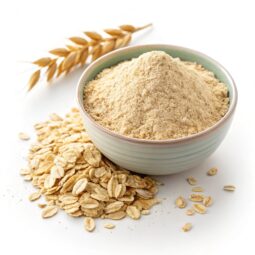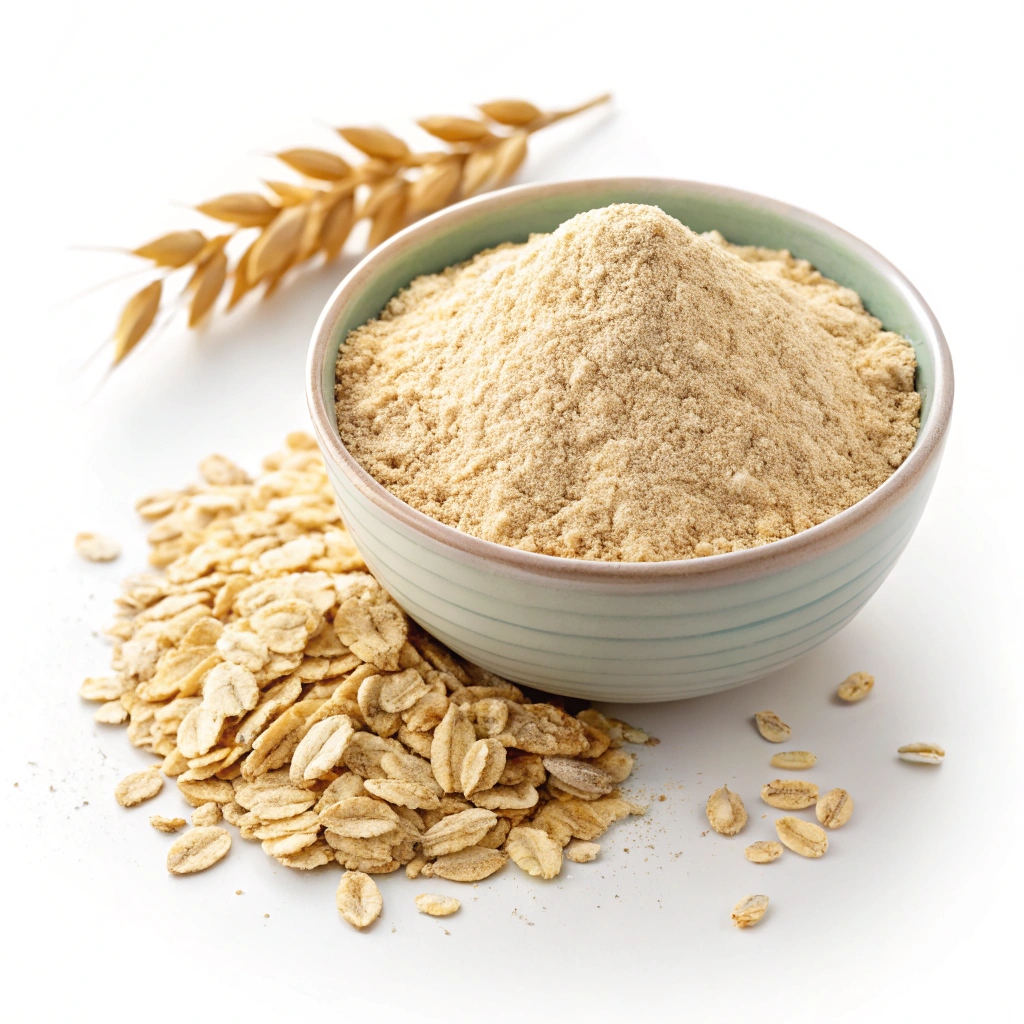Making your own oat flour is a game-changer for anyone who loves baking or cooking with wholesome ingredients. In just two minutes, you can transform simple oats into a fine, velvety flour that’s perfect for gluten-free recipes.
Its subtly sweet, nutty flavor adds depth to pancakes, muffins, and even savory dishes, while its light texture ensures a tender crumb every time.
Not only is oat flour incredibly versatile, but it’s also packed with fiber and nutrients, making it a healthier alternative to traditional flours.
The process is effortless—just blend rolled oats until they reach a soft, powdery consistency. Whether you’re whipping up a quick breakfast or experimenting with new recipes, homemade oat flour brings a fresh, wholesome touch to your kitchen creations.
What You’ll Need?

- 2 cups whole rolled oats (use gluten-free oats if needed)
How to Make Oat Flour
- Place the oats in a food processor or high-speed blender.
- Blend the oats until they turn into a fine, powdery flour. This usually takes about 30–60 seconds, depending on your appliance. Tip: Stop and stir occasionally to ensure even blending.
- Check the texture. The flour should feel smooth and fine, with no large oat pieces remaining.
- Use immediately in your favorite recipes that call for oat flour, or store in an airtight container in a cool, dry place for up to 3 months.
Why Make Your Own Oat Flour?
Making oat flour at home is quick, cost-effective, and customizable. You can control the texture—whether you want it super fine or slightly coarse—and ensure it’s fresh for your recipes. Plus, it’s a great way to use up leftover oats!
Storage Tips for Fresh Oat Flour
Store your homemade oat flour in an airtight container in a cool, dry place, like your pantry. For longer shelf life, consider keeping it in the fridge or freezer. It should stay fresh for up to 3 months when stored properly.
Recipe Variations to Try
Experiment with different types of oats! Use steel-cut oats for a coarser texture or gluten-free oats if you’re avoiding gluten. You can also add a pinch of cinnamon or vanilla powder to the flour for a subtle flavor boost in baked goods.
Time-Saving Tips for Busy Cooks
Make a big batch of oat flour ahead of time and store it for future use. If you’re blending multiple cups, work in smaller batches to ensure even grinding and avoid overloading your food processor.
Common Questions Answered
Can I use a blender instead of a food processor? Absolutely! A high-speed blender works just as well. Just pulse in short bursts to avoid overheating the motor. Is oat flour gluten-free? Only if you use certified gluten-free oats, as regular oats can be cross-contaminated.

How to Make Oat Flour
Equipment
- food processor
Ingredients
- 2 cups whole rolled oats
Instructions
- Place the oats in a food processor. Blend until the oats become a fine flour, stopping to stir occasionally.
- Use in any recipe that calls for oat flour. Store in an airtight container in a cool, dry place.

